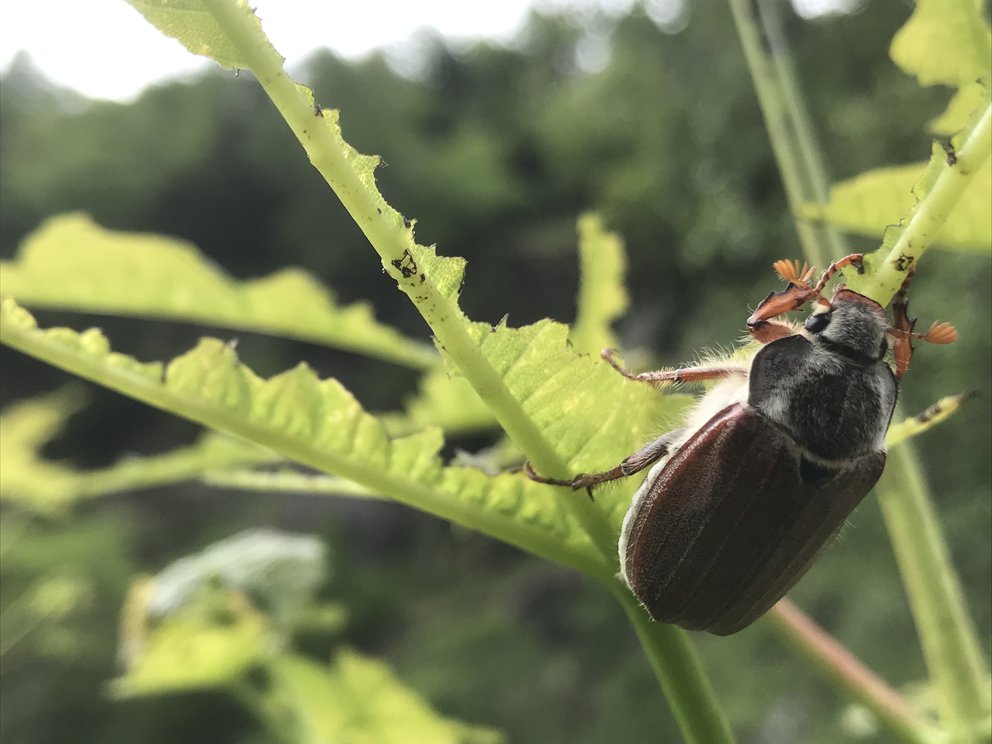Seminar of the Department of Microbiology
The population genomic structure of the European cockchafer Melolontha melolontha and of its fungal pathogens in an Alpine region

Chiara L. Pedrazzini - Postdoctoral researcher, Agroscope - Switzerland
07.12.2023, 11:00 - ONLINE & IN PRESENCE
- Join online
- or in presence: HSB 4 (Technikerstraße 13b, EG)
Abstract
The European cockchafer Melolontha melolontha is an agricultural pest in Europe and the entomopathogenic fungus Beauveria brongniartii its prevalent natural pathogen. Despite the availability of comprehensive historical and current records on cockchafer occurrence, the decades-long use of the fungus to control M. melolontha and the ecological understanding of this host-pathogen system, in-depth population genomic analyses are missing for both organisms. Here, we established collections of M. melolontha and Beauveria spp. from 35 sites in the central Alpine area and genotyped cockchafer individuals and fungal isolates applying double-digest Restriction site Associated DNA sequencing. Phylogenetic clustering discriminated two-thirds of the fungal isolates as B. pseudobassiana, previously unrecognized as a significant pathogen of M. melolontha. Population genomic analyses of either Beauveria species revealed clonal structures and no spatial and temporal patterns. In contrast, southern and northern populations of M. melolontha separated by the Alpine Mountain Range were genetically different, reflecting phylogeographic history and geographic barriers. The population genomic structures of M. melolontha and the two Beauveria spp. revealed no correlations, suggesting host independent dispersal. This project explored the population genetics of a well-known insect-pathogen interaction in Central Europe and discovered a previously unknown fungal pathogen of M. melolontha, which has potential as biological control agent complementing current control strategies of this pest.
